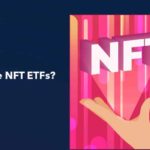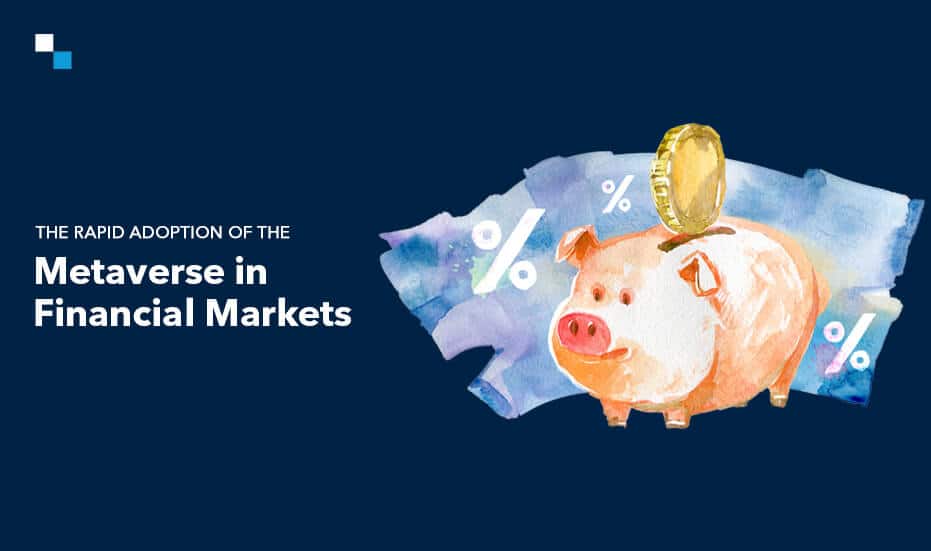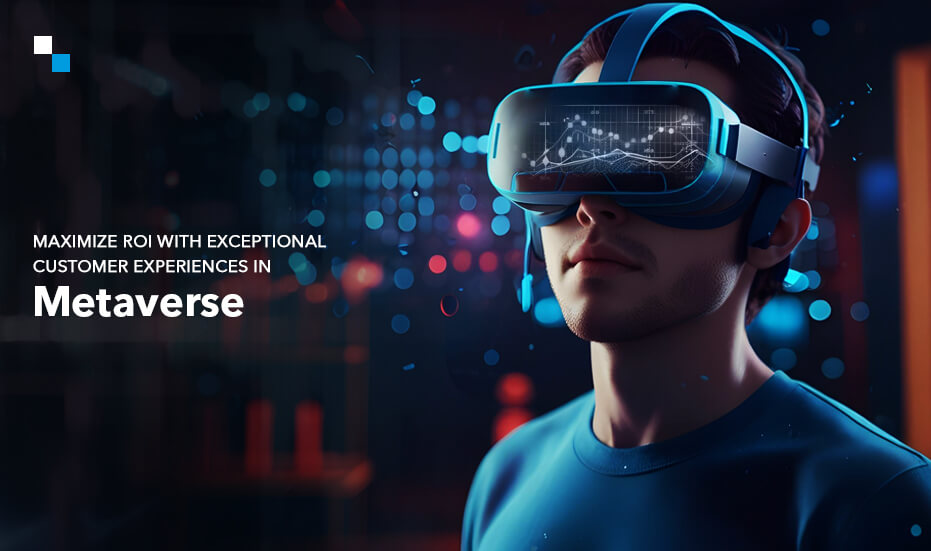
What are NFT ETFs- A Beginner’s Guide
February 1, 2024
How NFT Game Development is Revolutionizing Mental Health Therapy?
February 1, 2024Presently, the term metaverse encompasses various innovative technologies linked to, yet not confined to, the rise of Web3, blockchain protocols, play-to-earn (P2E) gaming, and the virtual ownership of assets. The metaverse signifies the transformation from Web1 (read-only internet) and Web2 (read and write internet) to the current iteration, characterized by a read, write, and own internet that leverages user-generated content and blockchain advancements.
The metaverse represents fresh, decentralized, and immersive social environments that incorporate avatars, virtual reality (VR), and augmented reality (AR) technologies. Metaverse application development enables an entirely novel spectrum of social connections, offering unprecedented opportunities that were previously inconceivable.
Centralized vs. Decentralized Metaverse
The metaverse brings together the physical and virtual worlds, featuring assets owned within a decentralized framework. Furthermore, the value is distributed among participants through cryptocurrencies, decentralized payment systems, and governance tokens. However, not all metaverse platforms are underpinned by a decentralized structure.
In a centralized metaverse platform, the owners have their rules and decisions associated with participants’ activities, interactions, and business engagements. The content generated by the user community is owned by the platform owner, limiting users’ freedom to own elements of the digital space and entrusting their privacy to the platform owners.
On the contrary, decentralized metaverse platform development frees participants from the constraints of a centralized counterpart. This freedom extends to creating immersive experiences, owning the content they generate, and conducting business activities across diverse networks in the manner they choose. Participants also take on the responsibility of safeguarding their privacy. The decentralized metaverse platforms pivot around three key factors: distributed networks, permissionless participation, and decentralized ownership.
Understanding the Tokenomics of the Metaverse
The rise of the metaverse in the digital world is driven by the use of metaverse crypto tokens within its economy. Just like other tokens, metaverse tokens are secured through cryptography, ensuring protection and facilitating almost instantaneous transactions. In the metaverse, both non-fungible tokens (NFTs) and fungible tokens operate on the Ethereum blockchain, which serves as the foundational infrastructure.
When it comes to metaverse platform development, the most popular tokens include ERC-20 tokens. These fungible tokens adhere to the technical standards for smart contracts and the essential guidelines for introducing new tokens on the Ethereum blockchain. Popular metaverse ecosystems like Ape (APE), Sandbox (SAND), Wilder World (WILD), and Decentraland (MANA) are represented by ERC-20 tokens.
On the other hand, ERC-721 tokens are non-fungible, representing a class of assets rather than a specific asset type like ERC-20 tokens. These tokens follow the NFT standard, ensuring individual ownership of assets with distinct values and properties, making them non-interchangeable. NFTs typically embody digital artwork, virtual real estate, unique in-game items, and other digital content within the metaverse. They provide participants with the opportunity to monetize their digital creations, such as music and artwork.
Enhancing the functionality and security of the metaverse necessitates improvements in the scalability of the Ethereum blockchain. Consequently, businesses and metaverse application development services providers are increasingly relying on layer 2 scaling solutions within the metaverse to enhance transaction speed, volume, and mitigate gas fees. As the adoption of layer 2 solutions gains momentum, it is anticipated to pave the path for a more efficient metaverse ecosystem characterized by a subsequent increase in transaction volumes. This trend has already garnered interest from established entities in traditional finance (TradFi).
Financial Institutions Leading the Metaverse Game
Once confined to science fiction and adorned with charming avatars, the metaverse has seized the attention of financial institutions. With a user base comprising young, tech-savvy individuals in the early stages of their financial journeys, the metaverse presents banks with distinctive opportunities to engage and establish relationships with a digitally native and expanding consumer demographic that has long embraced fintech. Moreover, tapping into this talent pool is crucial for banks to secure future waves of skilled hires.
Prominent players in traditional finance from various corners of the globe have already invested in metaverse platform development. These include renowned institutions such as J.P. Morgan Chase, DBS, HSBC, and Kookmin. For instance, J.P. Morgan ventured into Decentraland with its brand Onyx by J.P. Morgan, described as “a blockchain-based platform for wholesale payment transactions.” In March 2022, HSBC announced the acquisition of land on The Sandbox to connect with both existing and new clients, offering them innovative experiences through emerging platforms.
In Canada, established financial institutions like TD and RBC are actively conducting metaverse pilot programs to comprehend the technology and stay ahead in providing immersive services effectively to their customers. TD program that spanned from January to April, 2023, featured pilots focused on customer experience.
Asia-based banking giants Kookmin and DBS have also invested in metaverse application development services to tap into the metaverse. Kookmin Bank from South Korea provides its native metaverse-based financial services along with personalized customer assistance. It has ambitious plans to extend its services to encompass employee training and financial education for the younger demographic. Meanwhile, DBS, Singapore’s largest bank, announced its metaverse entry by acquiring a substantial plot of land on The Sandbox, intending to develop interactive experiences aimed at promoting a more sustainable world.
Metaverse and the Financial Market Landscape
The dynamics observed in the banking sector extend beyond simply building virtual shops and acquiring land in the metaverse. The increasing market capitalization of metaverse tokens and the economic promise inherent in Web3 technologies have prompted various investors, including professionals and high-net-worth individuals (HNWIs), to delve into a deeper understanding of these technologies and their economic potential.
The impact of the metaverse on the financial services sector signifies the next stage in the evolution of banking and capital markets. In response to the growing trend of investing in digital assets, the market is witnessing the development and launch of comprehensive digital asset education programs and curricula for financial advisors and wealth managers, either at the firm-wide or industry-wide level.
Why Antier for Metaverse Platform Development?
Our team of creative designers, 3D experts, and blockchain engineers have real-world experience delivering immersive metaverse platforms. We follow a coherent roadmap to navigate your metaverse platform development journey, ensuring that every phase of the process – whether it is designing the platform or integrating a smart contract or creating non-fungible tokens, is smooth and transparent.
Our expertise includes building the metaverse for finance as well as other industries, including real estate, entertainment, gaming, fashion, e-commerce, education, healthcare, and more. Owing to our unique trifecta of right experience, expertise, and deep domain knowledge, we are trusted for our metaverse application development services worldwide.
Connect with our subject matter experts to discuss your business use case.



